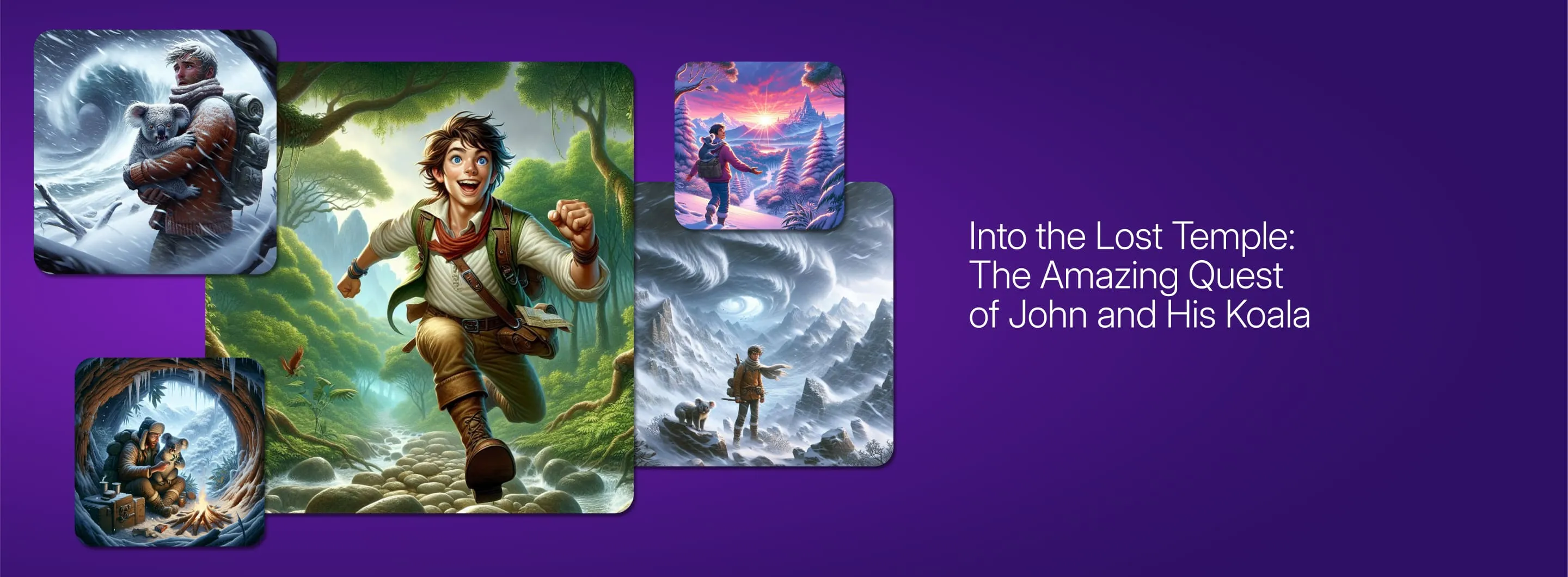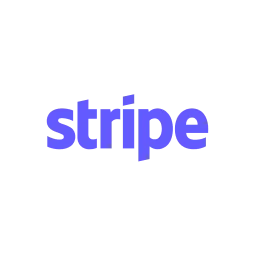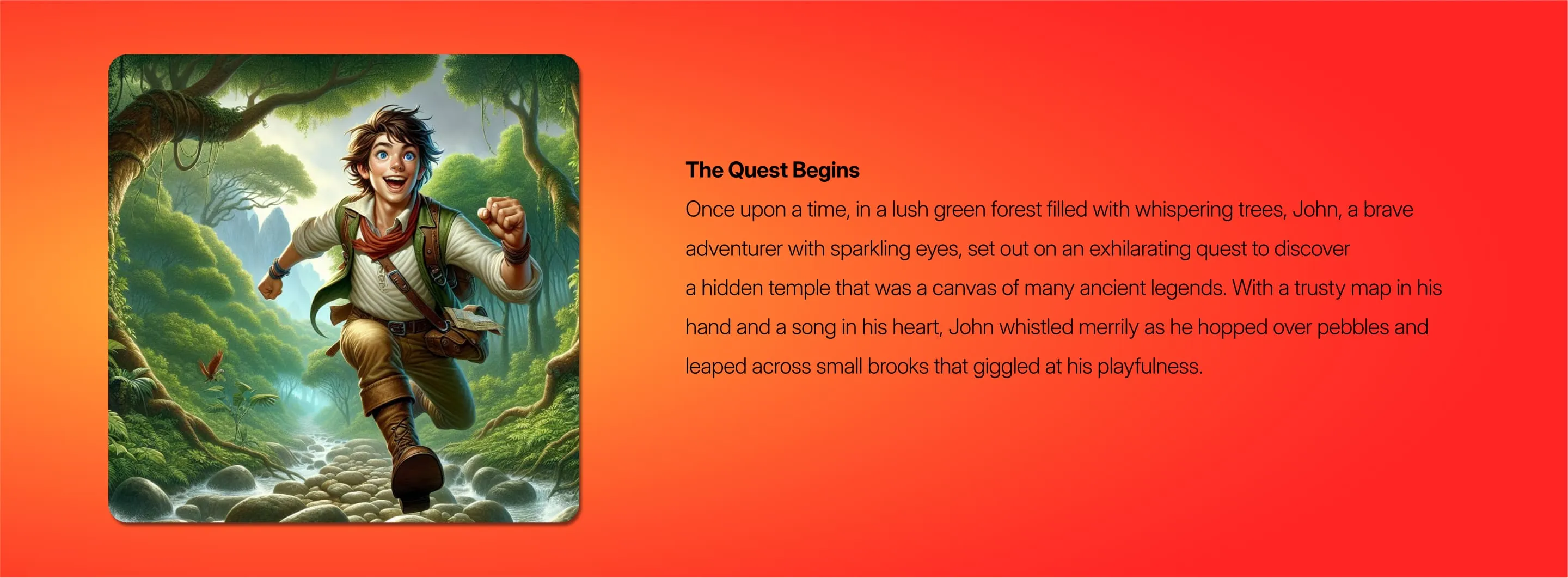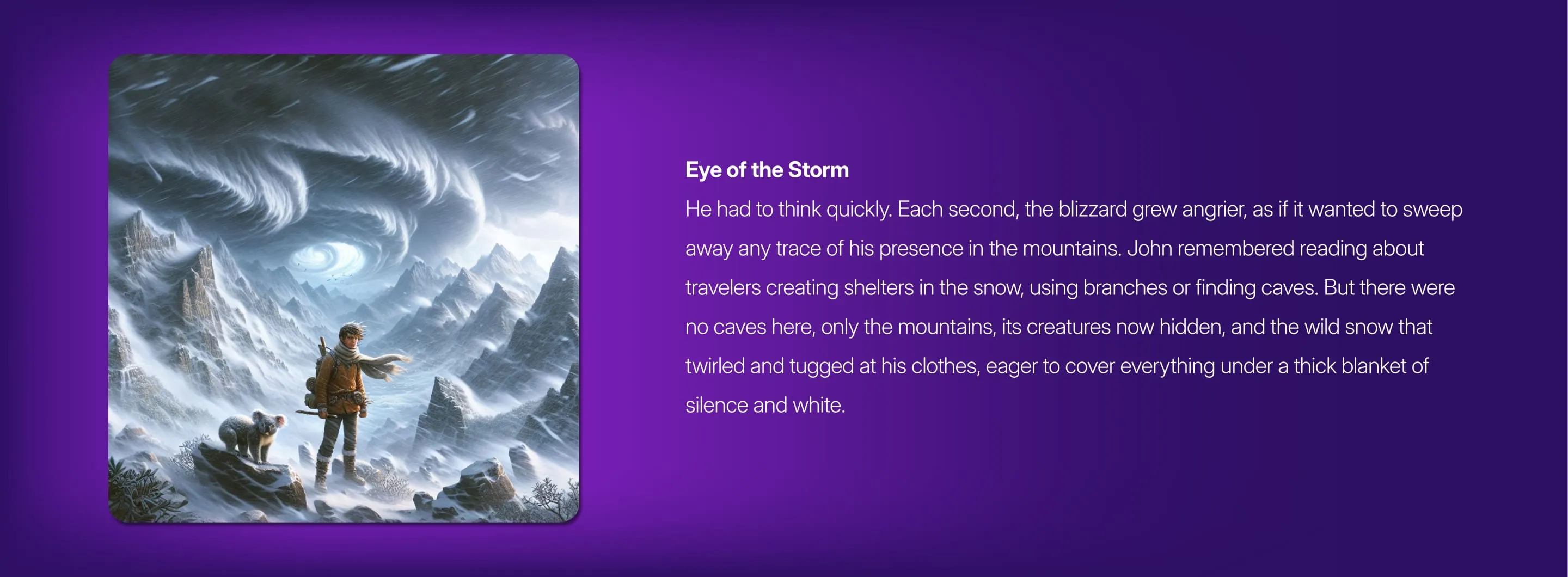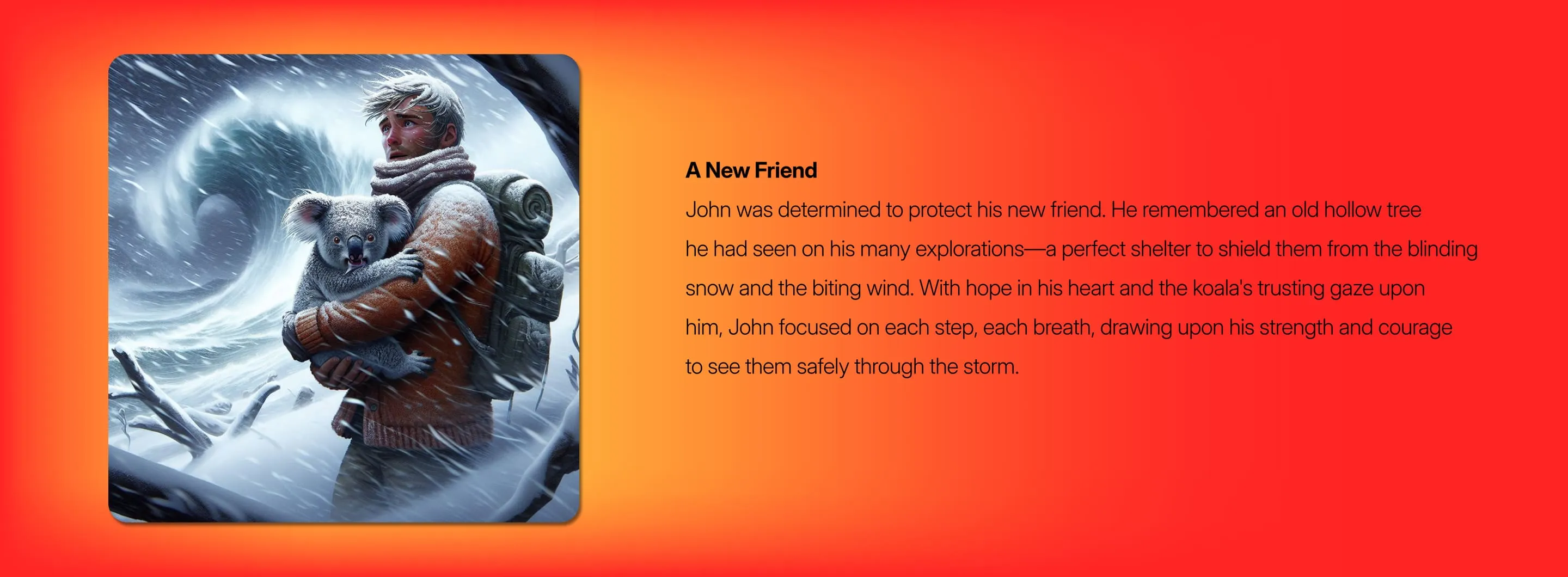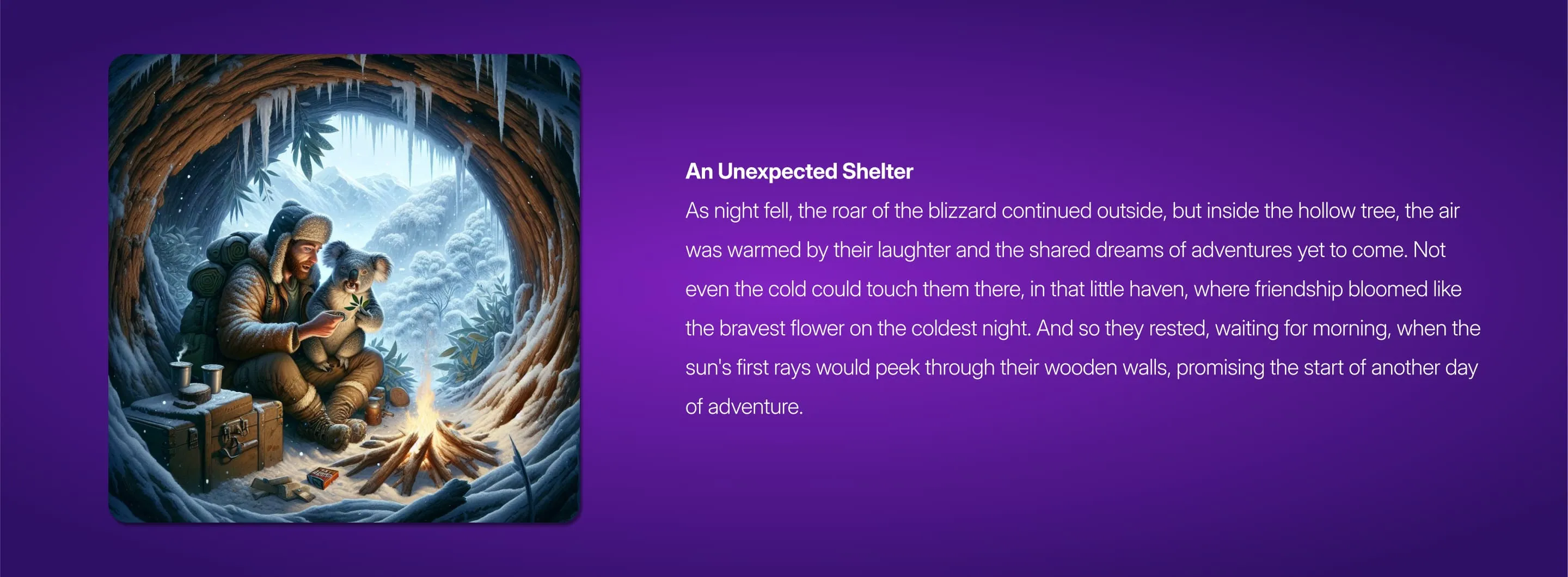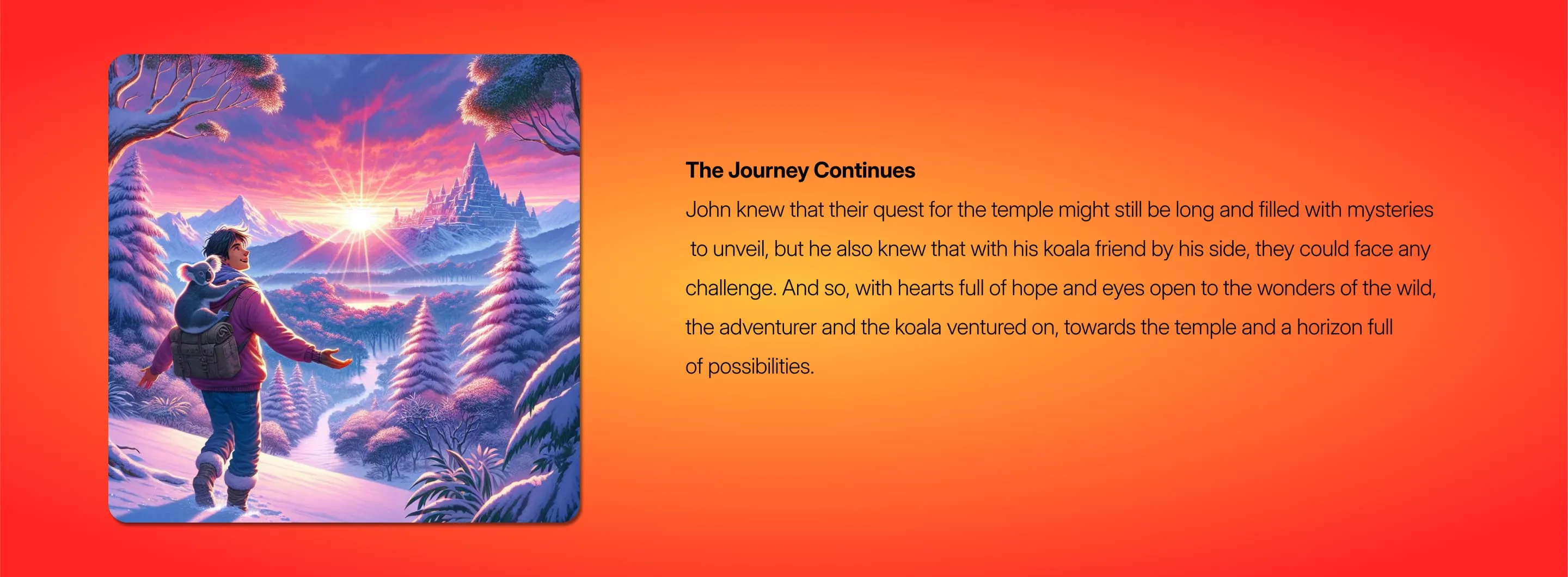How does the platform work
The user logs into the platform, registers, selects a tariff plan, and makes payment. After registration and payment, the user can create a fairy tale by specifying several parameters:
- Title. The user chooses the title, which influences the final text.
- Location. Options include a magical forest, a princess's castle, an enchanted kingdom, or a modern city.
- Genre. Adventure, comedy, fantasy, or stories tailored for the youngest audience.
- Characters. In this service, the main characters of the tale can be the user's child and their favorite pet, for example, a hamster.
- Number of Chapters. Each chapter in the tale consists of approximately 5000 characters. Subscribers to the service can access up to 10 chapters in one tale. Handling a large volume of text was the main challenge, which we addressed at the prompt engineering level.
